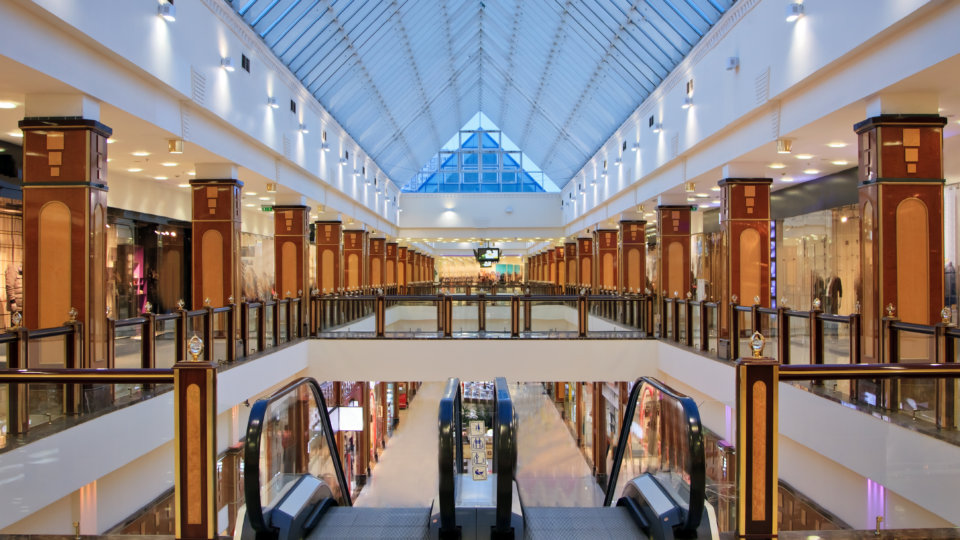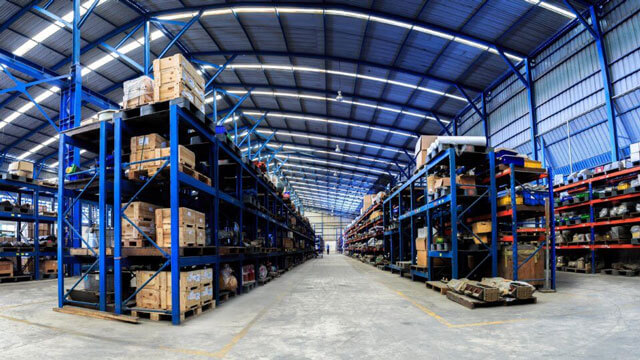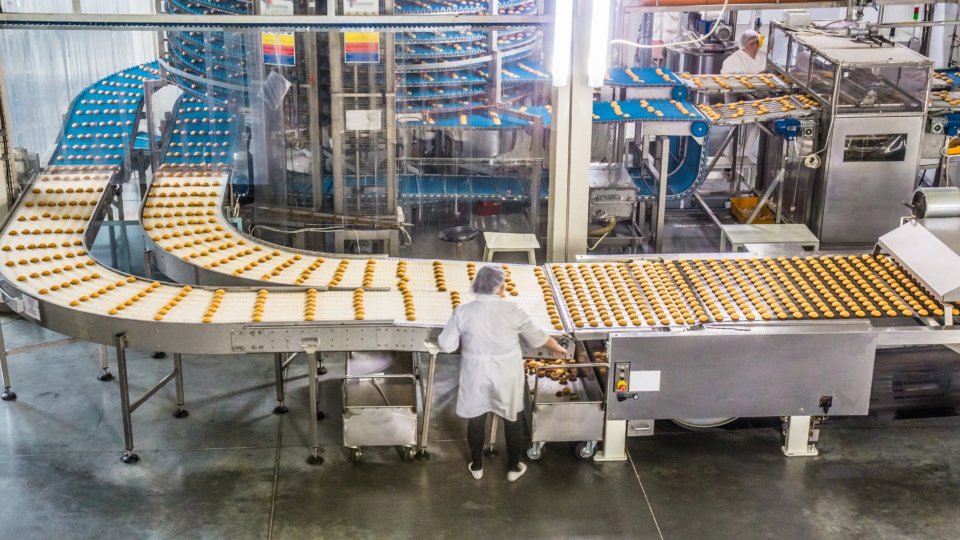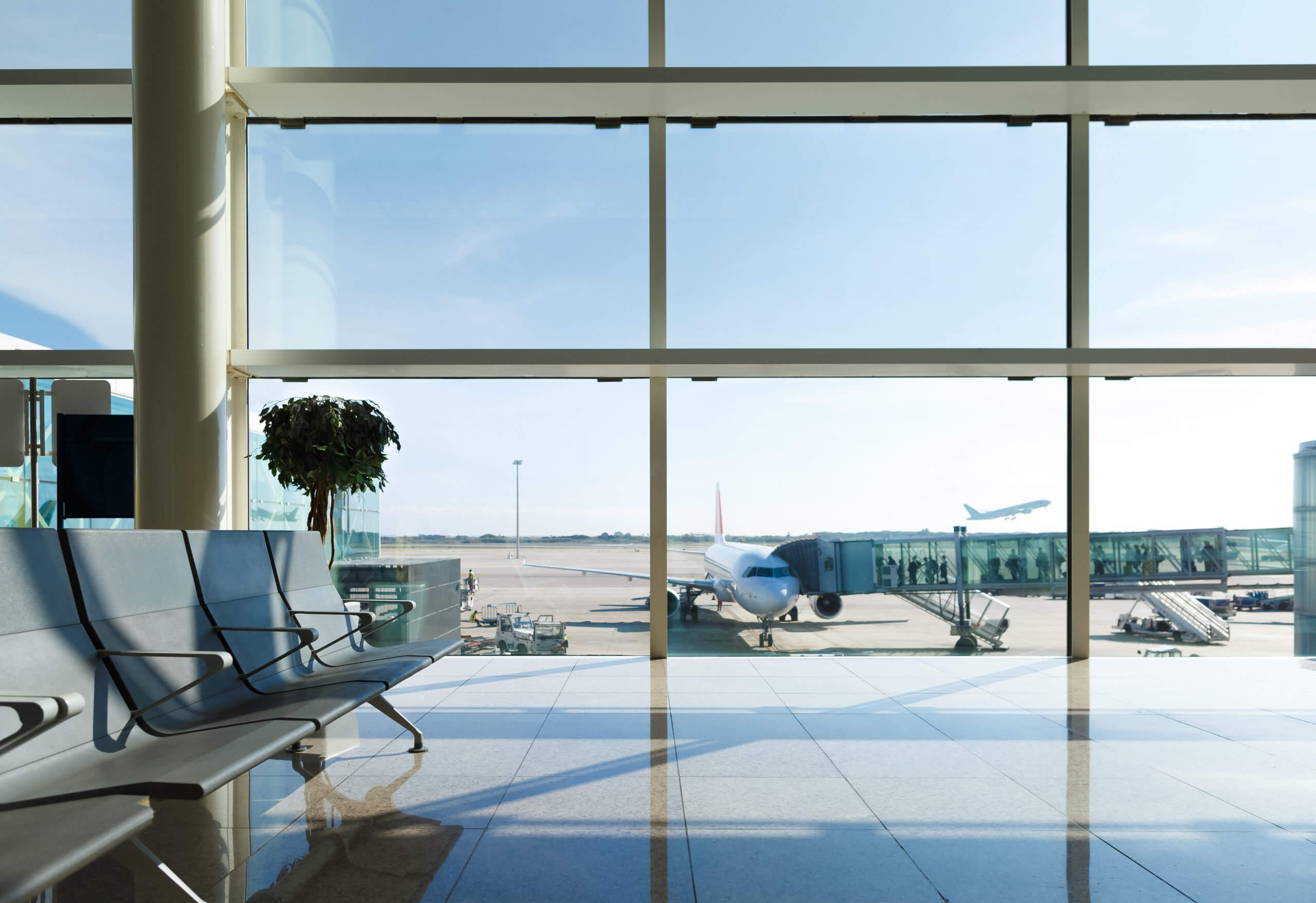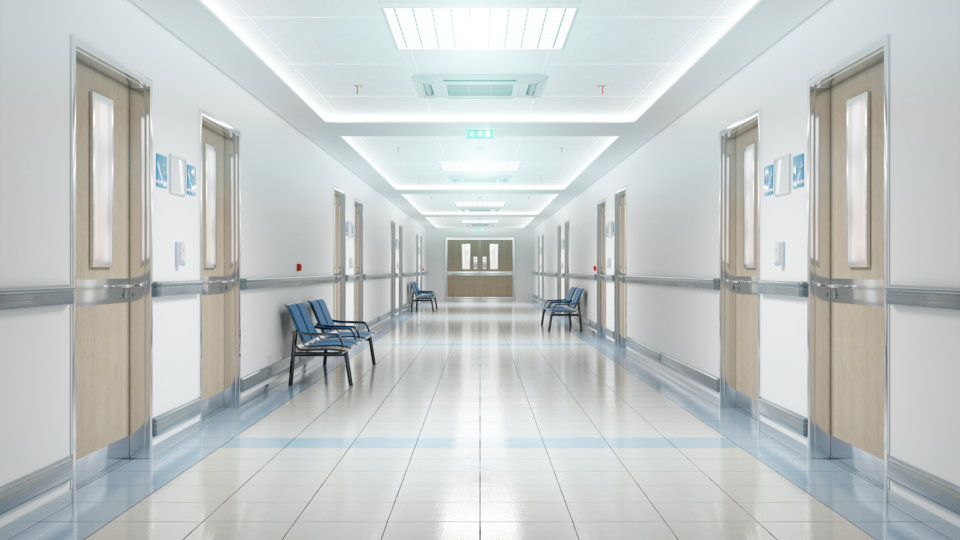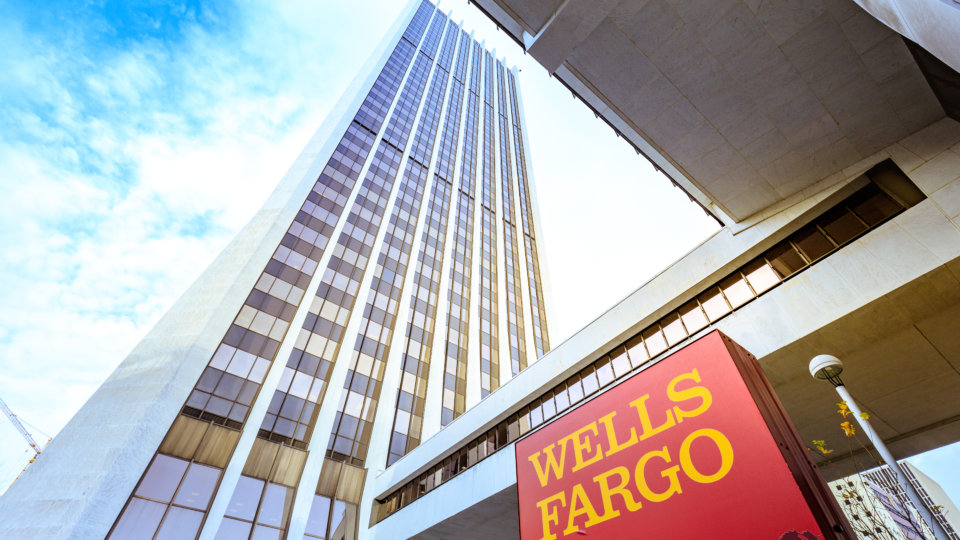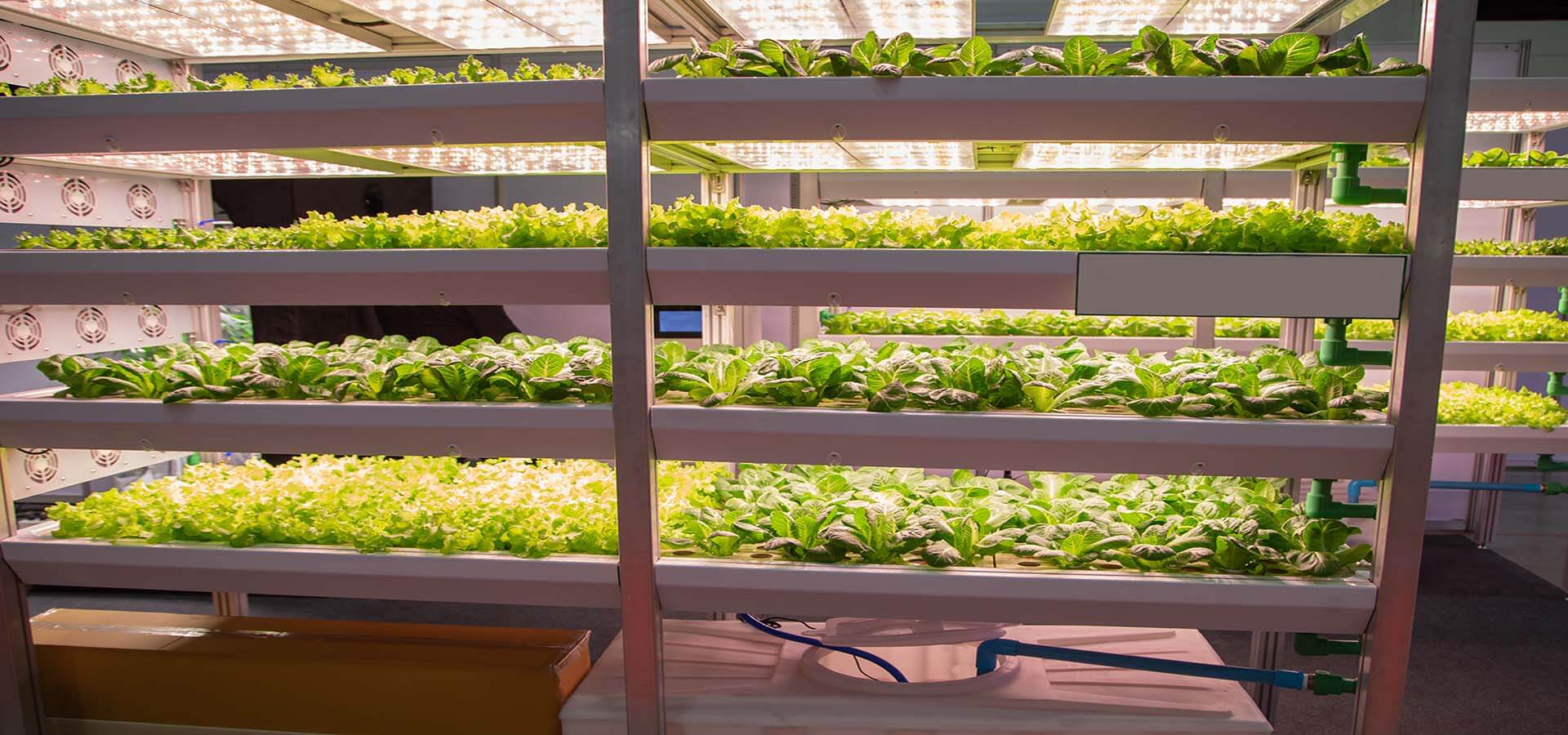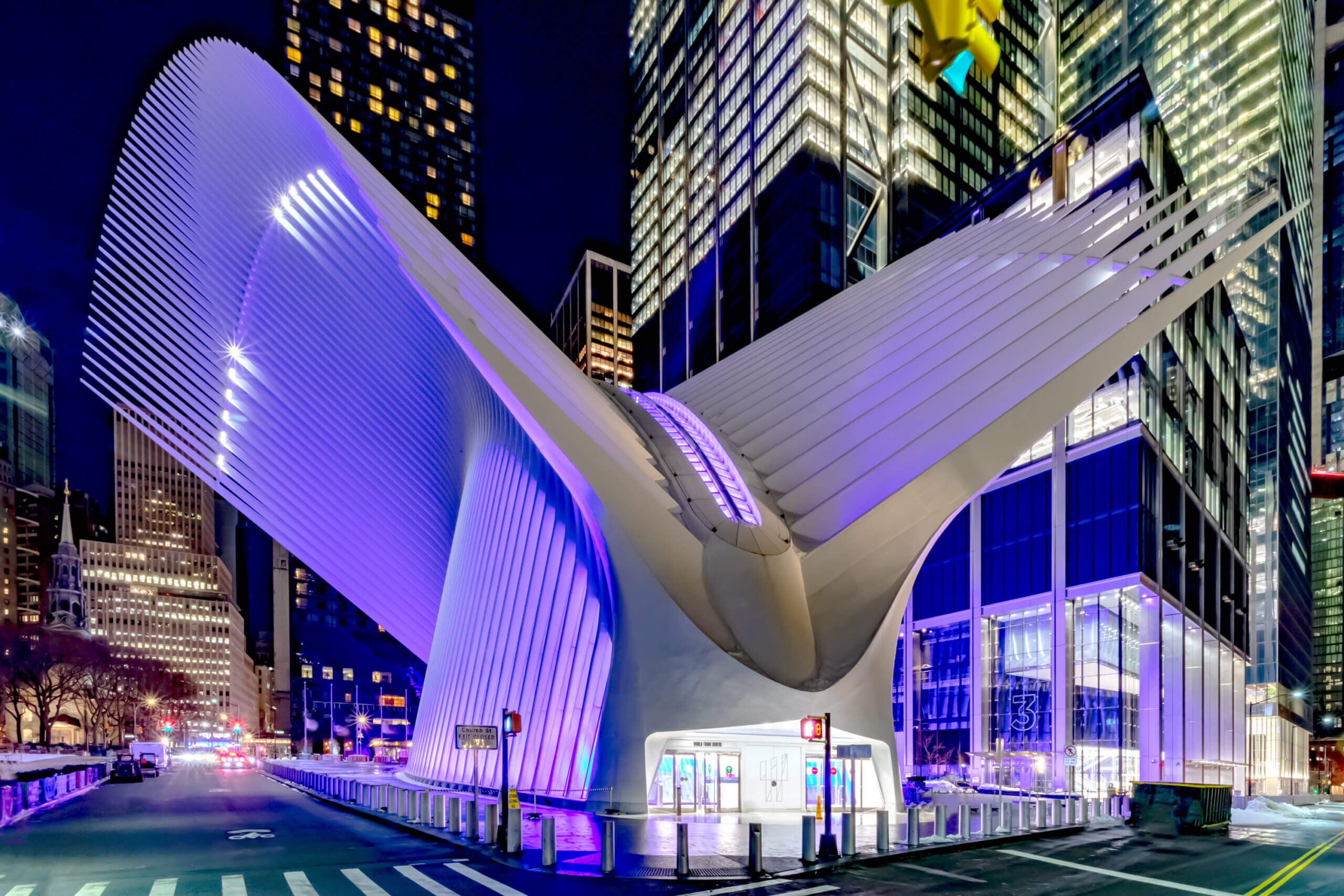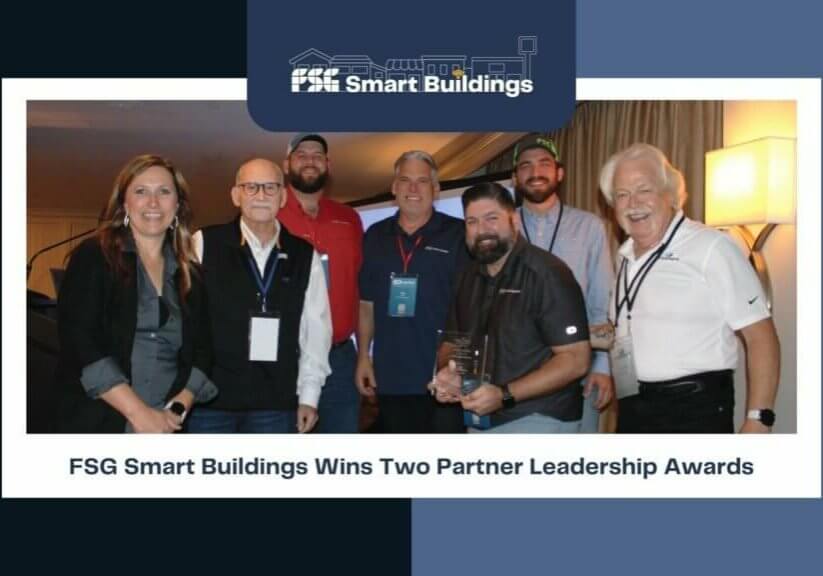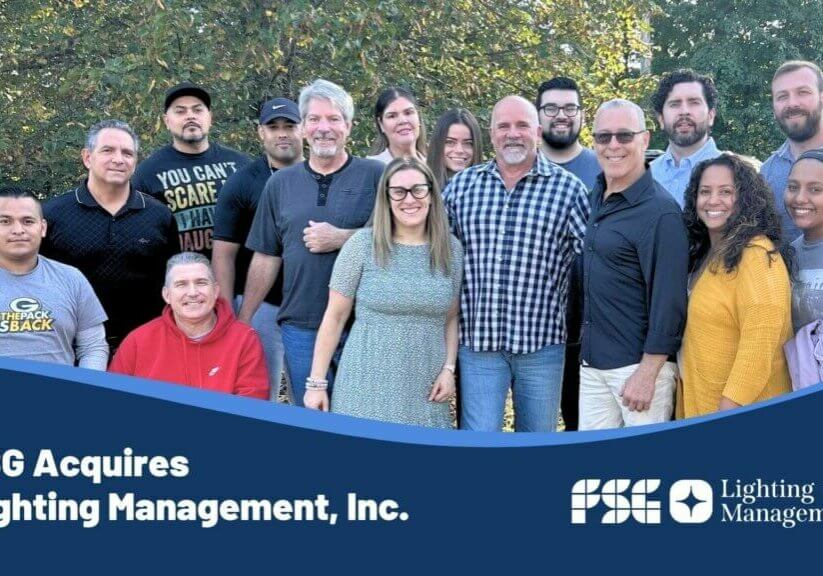The History and Architecture of Dallas: 165 Years of Growth and Counting
Share Article

This month’s FSG branch focus takes us to Dallas. Forget what you think you know about America’s ninth-largest city, and settle in for a quick trip to the epicenter of Texas chic, the home of Cowboys and Mavericks, and the birthplace of Stevie Ray Vaughan.
Located on the east side of the Dallas – Ft. Worth (DFW) metropolitan area, Dallas and its neighbor to the west have a long, rich history of, well, rich history. (It’s complicated.) But ask anybody who knows and they will tell you: Ft. Worth is Ft. Worth, and Dallas is “Big D“.
With its mid-continental U.S. location and its connection to interstate highways, established rail lines, and major airports, Dallas today is a prime location for businesses interested in the perfect blend of access and activity.
Looking Back (Way Back)
The earliest known inhabitants of the area we now call Dallas were Caddo Nation descendants of various Southeastern Native American tribes who lived throughout East Texas, Louisiana, and portions of Arkansas and Oklahoma.
Known for their huge earthwork mounds located at ceremonial sites throughout the region, the Caddo people lived in the area until Spanish colonists claimed the region in the 1700s.
Over the next 100 years or so, control of much of Texas was under almost constant dispute, with France, Spain, Mexico, and an upstart new country, The Republic of Texas, at various times in control of the region.
Dallas’ Founding Father
In 1839, just three years after Sam Houston’s army overwhelmed Santa Ana’s Mexican forces with a battle cry of “Remember the Alamo!”, a Tennessee lawyer named John Neely Bryan arrived on the scene.
Having most recently worked with a friend to stake out and establish the town of Van Buren, Arkansas, Bryan seemingly had an itch for city-building.
On an initial trip to the area, Bryan and his dog and a Cherokee guide named Ned all agreed that the area had potential. He drove a stake into a bluff overlooking three forks of the Trinity River and left to go get more supplies.
Two years later, in 1841, Bryan returned to establish a permanent settlement which he named Dallas, for reasons that are likely related to his family history.
The Republic of Texas was annexed by the United States in 1845, and Dallas County was established just one year later. Eleven years after that, in 1856, the growing city of Dallas was formally incorporated.
165 Years of Growth…and Counting
While the city has certainly had more than its fair share of heartbreak, the 165 years since Dallas was officially incorporated have mostly been good for its citizens.
Modern Dallas boasts a diverse economy with major contributions from the defense, financial services, information technology, telecommunications, and transportation industries.

Within the DFW metropolitan area, over 30 Fortune 500 companies have made a home for their operations. The region leads Texas in the number of colleges and universities located within the metro area, with 41 institutions of higher learning operating there.
Racially and culturally diverse, Dallas ranks as the 5th most diversified population in the United States.
Dallas Architecture Tells the Story
Although Dallas was always blessed with lots of room to spread out in every direction, the downtown area was a vital part of the early growth of the city and its economic might.
Signs of Dallas’ rich history are everywhere for visitors who can imagine former times reflected in a city’s architecture.
Let’s take a look at some of the more interesting examples of Dallas’ architectural landmarks.
Founders Plaza
Any tour of Dallas should necessarily begin with a nod to the city’s founder. Developed to pay homage to John Neely Bryan, Founders Plaza is an open park area that includes a replica of Bryan’s original log cabin from the 1840’s, along with the Old Red Courthouse and a terrazzo map of Dallas County in the 1800s.
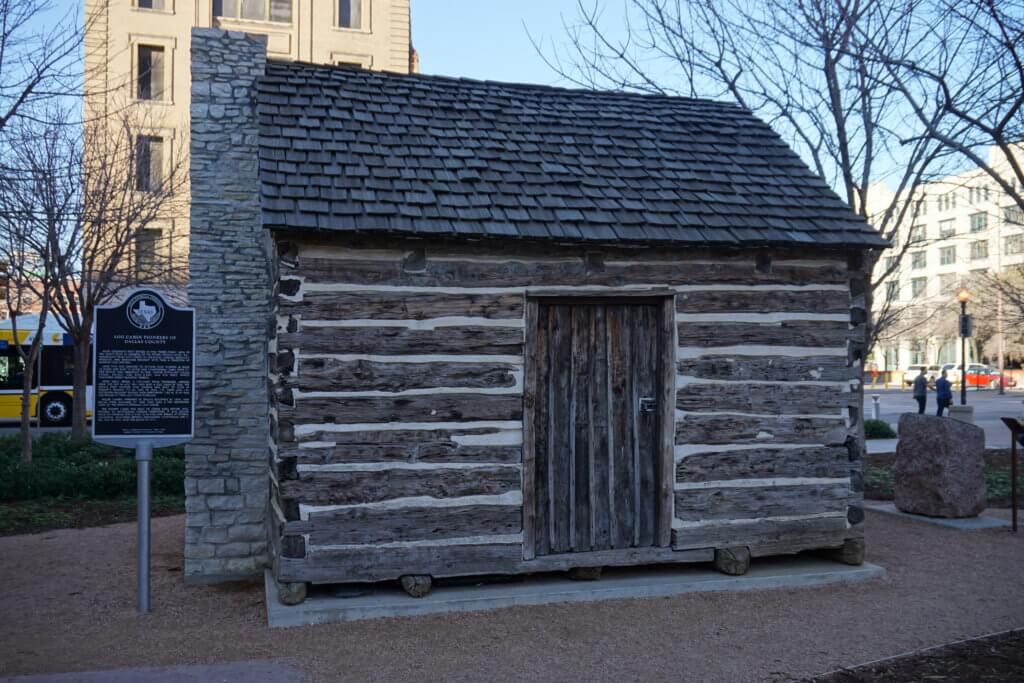
Old Red Museum and Courthouse
Before you leave Founders Plaza, take a look at the Old Red Museum and Courthouse building. (It’s old. It’s red. You really can’t miss it.) The museum contains many historical artifacts and photographs, as well as memorabilia that recalls the history of Dallas. Stained glass lovers will especially appreciate a visit to the Old Red Museum, and if you’re looking for a fantastic staircase on which to set up a family photo, this is the stop for you.
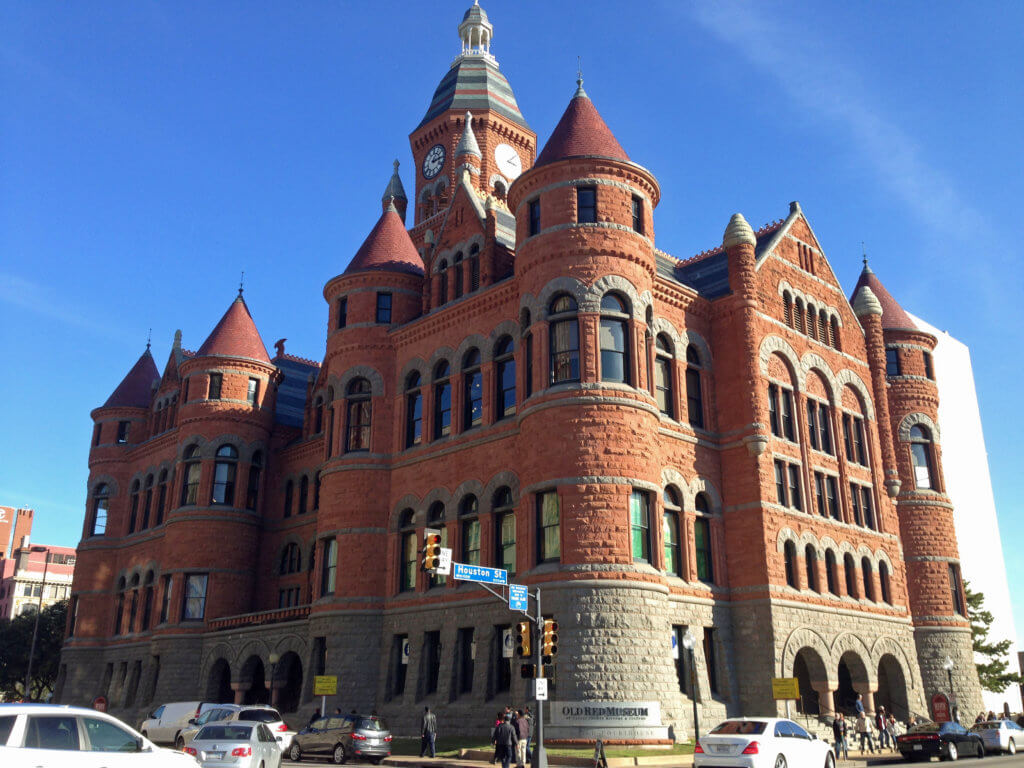
Hotel Adolphus
Although most folks associate Anheuser-Busch founder Adolphus Busch with St. Louis, he actually commissioned two buildings in downtown Dallas. The first of his two gifts to the city was the Hotel Adolphus, built in 1912.
The beaux-arts design of the building seems dated today among Dallas’ modern skyline, but when it was built, it stood out as a truly grand marvel of modern architecture.
The hotel was Dallas’ tallest building until the construction of the Magnolia Petroleum Building next door. Across its illustrious history, the Hotel Adolphus has been regarded as one of the city’s finest hotels, with its French Room restaurant serving as a top-tier destination for special events.
Be forewarned, however: you’ll need a jacket to eat in the French Room, and if you decide to spend the night on the 19th floor, you may encounter the ghost of an almost-bride who was famously jilted at the altar.

The Magnolia Petroleum Building
Right next door to the Hotel Adolphus stands the Magnolia Petroleum Building, easily recognizable for its lighted red pegasus mounted at the top of the building. As Dallas’ first skyscraper when it was opened in 1922, the Magnolia Petroleum Building was the tallest building west of the Mississippi River, and the first building in the United States to feature central air conditioning.
The first red pegasus was originally installed by building tenant Mobil Oil. However, as time went by and Mobil eventually moved away from the building, the winged horse stuck around and was even replaced and upgraded over the years.
The beaux-arts/renaissance revival style architecture of the Magnolia Petroleum Building is as stunning today as it was on the day it opened, and no visit to Dallas is complete without a quick visit to see the flying red horse.
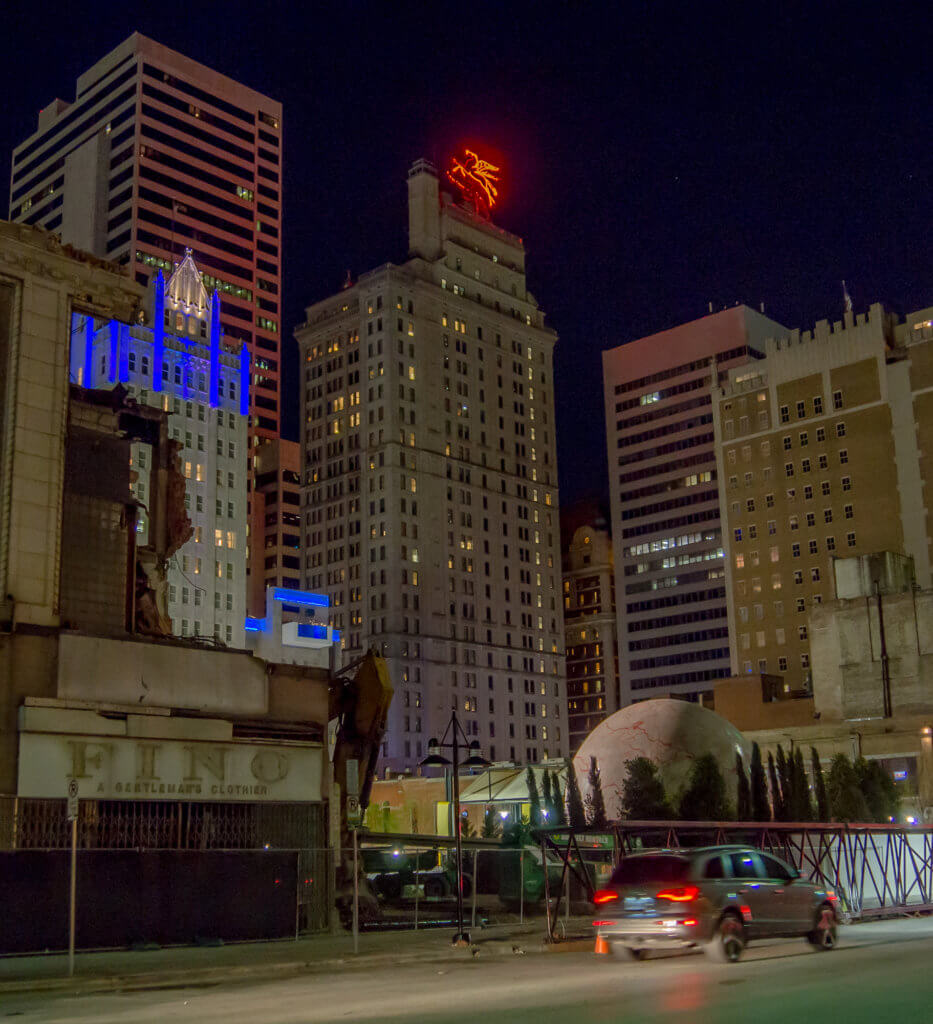
The Kirby Building
The second of Aldophus Busch’s gifts to Dallas’ downtown area is a late gothic revival-style structure completed in 1913, aptly named The Kirby or Busch Building.
When Busch commissioned the tower, he intended it to provide the commercial office and retail space that would support the Hotel Adolphus located two blocks away.
When the Busch Building opened, it was one of only two gothic style commercial buildings in the United States.

The Wilson Building
Built in 1904 in a late 19th-century revival style, Dallas’ Wilson Building was patterned after a famous French building, the Palais Garnier in Paris.
For five years, the 12-story building was the tallest in Dallas, and it was widely considered the finest commercial building west of the Mississippi River.
Over the intervening years, the Wilson Building has played an important role in the lives of the Dallas retail industry. A successful department store located in the building’s basement, the Titche-Goettinger department store, provided the impetus for another ambitious retailer, Neiman Marcus, who decided to build their flagship store directly across the street and piggyback on the action taking place at the Wilson Building.
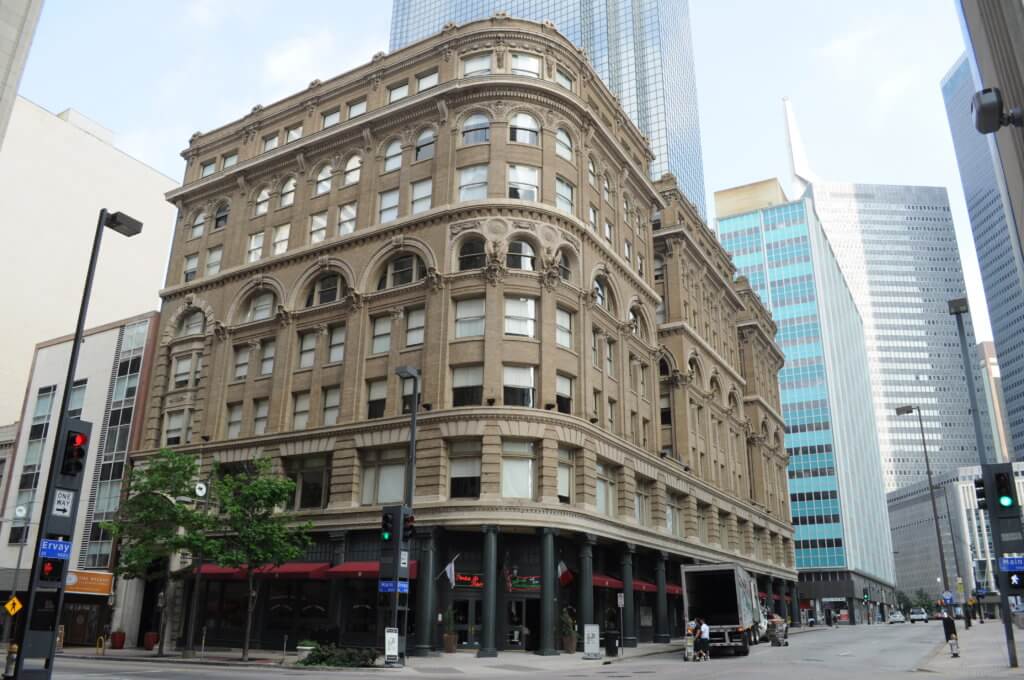
Morton H. Meyerson Symphony Center
Within the downtown Dallas Arts District, visitors will enjoy a visit to the Morton H. Meyerson Symphony Center. The concert hall is ranked as one of the world’s finest orchestra halls for its beauty and its acoustical fidelity.
When it opened in 1989, the center was named for Morton Meyerson, the former president of Electronic Data Systems (EDS), and the former chairman and CEO of Perot Systems. As a devoted patron of symphonic music, Meyerson led a 10-year effort to raise funds for a new home for the Dallas Symphony.
In recognition of his efforts, and as a tribute to his friend, local billionaire H. Ross Perot made a $10 million contribution to the building fund, securing the naming rights for the new structure and conveying that honor to Meyerson.
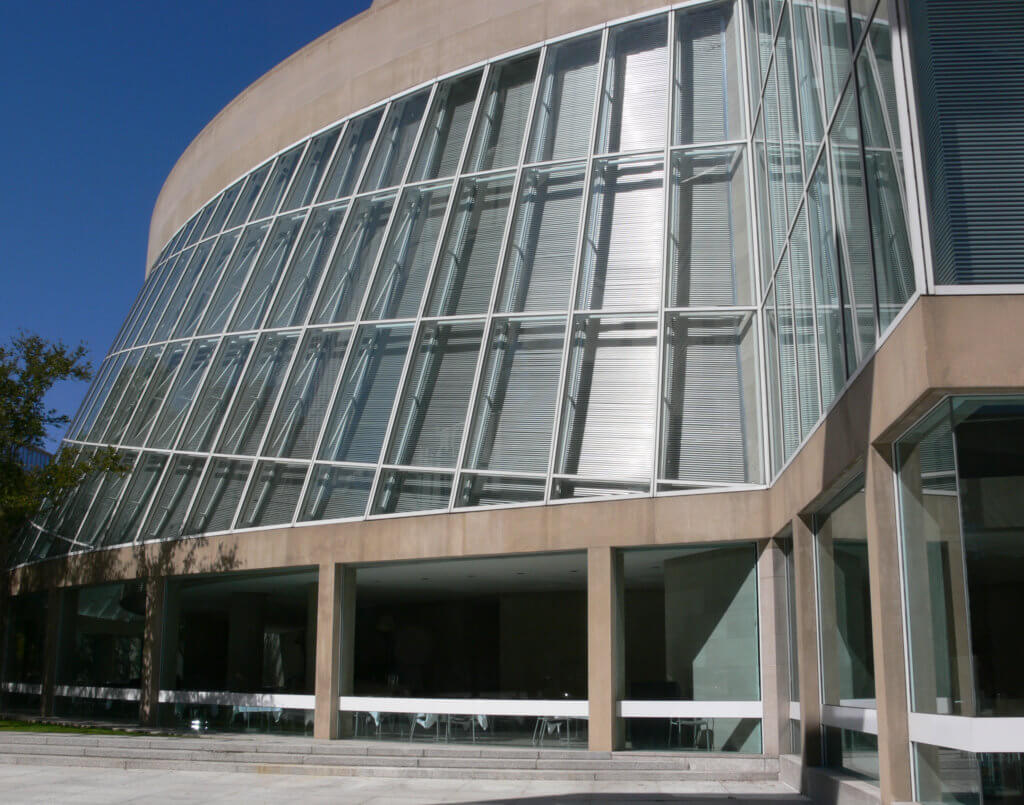
The Majestic Theatre
Not everyone likes symphonic music, however. That’s why Dallas is also known for many wonderful venues where visitors can feel quite comfortable without a tuxedo.
A prime example is the Majestic Theatre. When it was originally opened as a vaudeville theater in the 1920’s, “The Majestic” was the go-to place for the latest big acts and Hollywood premiers. The top stars from the golden age of cinema would regularly visit The Majestic as part of promotional tours, and local citizens would line up outside just to get a chance to see their heroes.
Today, the theater is a prime spot for plays, musicals, and live performances of all types.

A Continental Hub
Over the years, businesses have been attracted to DFW for its location at the center of the country, always halfway when crossing the continent. Texas’ lack of state income tax and Dallas’ motivated and educated workforce are also key draws for businesses.
The area has seemed almost immune to economic downturns in the past 10 years, and even when there have been economic dips in Dallas the region is quick to rebound, making it a solid market for construction industry growth.
Dallas Feels Like Home for FSG
Our Dallas team is one of the largest in FSG with around 600 members including electricians, apprentices, technicians, installers, management, and support staff.
FSG’s Dallas operations stand out within the community of electrical contractors because we specialize in lighting, electrical, and technology products and services. Our broad offering makes FSG the ideal facility partner.
We collaborate across all departments, including electrical engineering, estimating, Building Information Modeling (BIM), electrical construction, and service maintenance to help customers manage their facilities throughout the complete facility life cycle.
Design-Assist and Design-Build Experts
Our Electrical Engineering and BIM departments are strategically located in a shared wing of FSG’s Dallas headquarters. This combined team began providing engineering and coordination services in 2003, and began using BIM on projects as early as 2009.
BIM uses digital tools to create 3D models of the project before any work begins on the job site. These BIM models are evaluated to uncover any conflicts (“clashes”) with structural, mechanical, electrical, plumbing, or fire suppression systems.
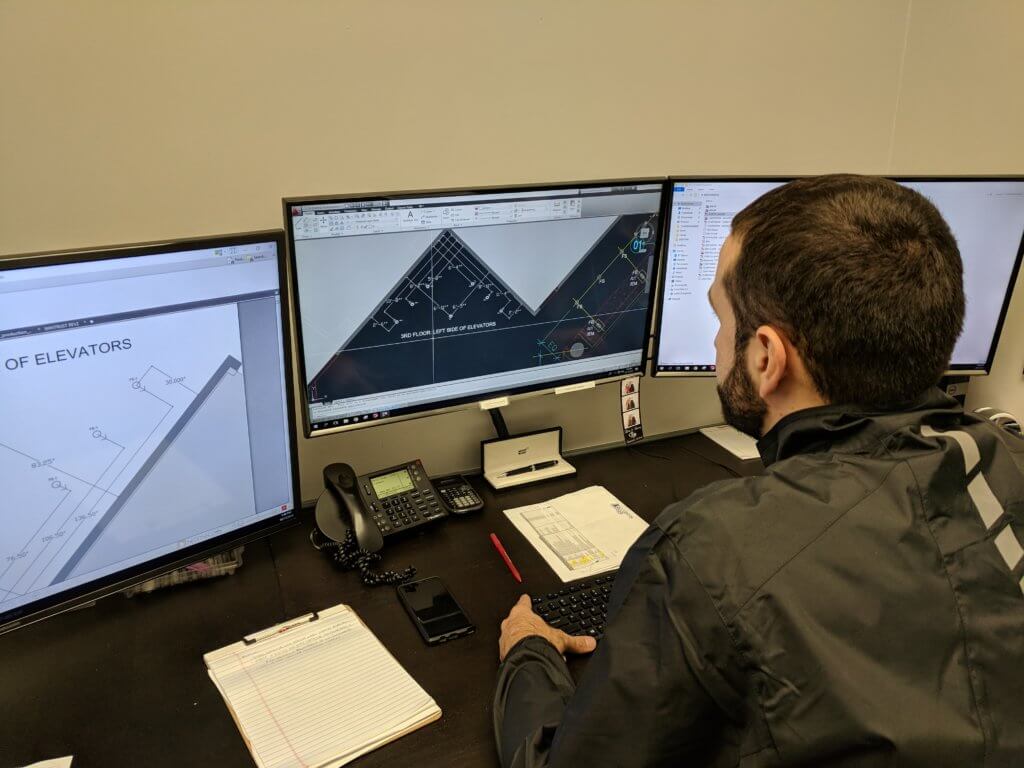
This pre-construction project analysis allows the project teams to optimize the construction of a project. Significant cost savings, budget savings, and schedule savings result from the use of BIM modeling.
FSG’s design team provides electrical design from inception to completion, including the layout of one-line diagrams, load analyses, voltage drop calculations, lighting design, and power system studies. BIM modeling and electrical design services are critical to the work being done by FSG Dallas today. The Design-Assist and Design-Build offerings available to customers can be seen in a number of stunning projects around Dallas and across the country, including at over 35 different TopGolf locations.
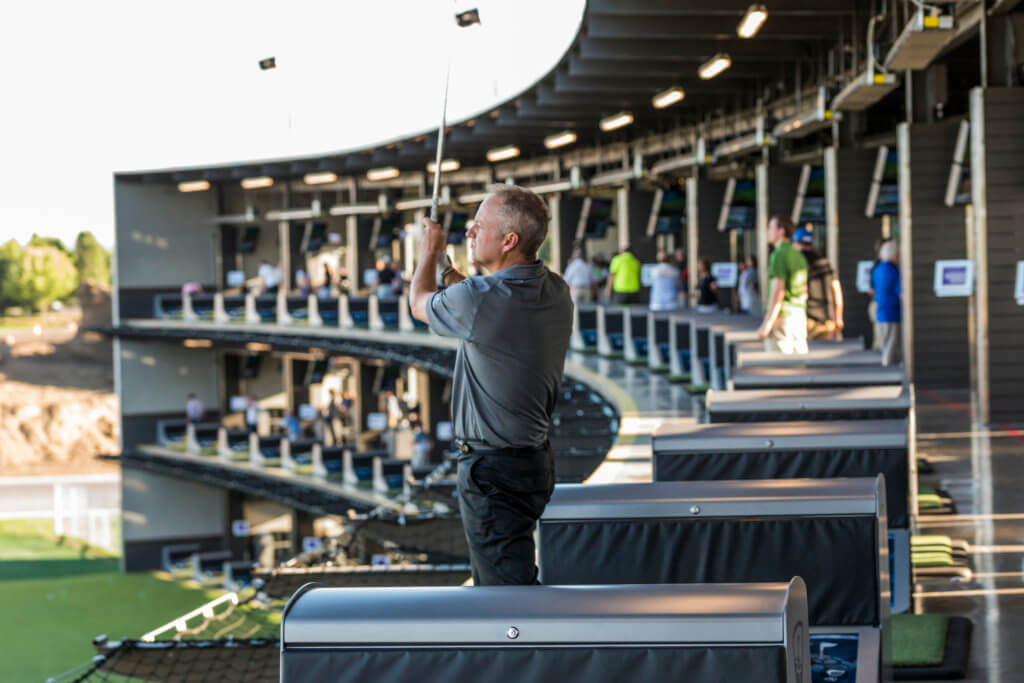
FSG Dallas is Built to Deliver
Our location in booming North Texas affords us many opportunities to work with industry leaders such as ExxonMobil, AT&T, Uber, American Airlines, Texas A&M University, and the University of Texas.
Our two-block Dallas headquarters houses our lighting showroom, lighting offices, electrical and pre-construction offices, electrical services offices, technology offices, warehouses, and our National Accounts Center (NAC) that works with customers with nationwide locations.
Nearby is FSG’s Dallas Master Distribution Center (MDC) that supports our ability to stock and deliver inventory items quickly and efficiently. At the MDC, we leverage our long relationships with lighting manufacturers to deliver the best prices and service on special-order fixtures and lamps for our customers.

Turning the Key on Turnkey Service
At FSG Dallas, we work hard to be the ultimate partner for general contractors, real estate developers, facility owners, engineers, and managers. Since 1982, our team has been in the relationship-building business. We focus on listening to what our customers say, as well as to what they do not say, to identify the right product or solution for them.
Over the entire life cycle of a facility, FSG Dallas provides winning solutions that support our customer’s goals: first, foremost, and always. But we do this with more than just products. At FSG, we are supremely focused on providing remarkable, exceptional customer service.
We take our customer’s satisfaction personally. Our 24-hour service line is always available, and our customers have peace of mind knowing their emergency is our emergency, too.

When we look back on the list of our completed projects, we remember the times we delivered maximum value for our customers, when we truly helped them succeed in meeting their business goals.
Here are just a few of the projects that FSG Dallas has enjoyed over the years:
- Exxon Mobil | Electrical Construction
- Uber | Electrical Construction
- Top Golf | Electrical Construction
- Aligned Energy Data Center | Data Center
- DLR Richardson Data Center | Electrical Construction
- Rackspace Technology Data Center | Electrical Construction
- AT&T Performing Arts Center | Parking Garage Lighting
- AT&T Stadium | Turnkey Stadium Signage
- Jackson Walker LLP | Commercial Signage
- Revolver Brewing Company | Commercial Signage
- Windsor Senior Living | Lighting Retrofit
- Live! by Loews Hotel & Conference Center | Architectural Signage
- Tolleson Family Activity Center | Electrical Construction
- Victory Block G | Electrical Construction
- Highland Park United Methodist Church | Lighting Retrofit
- Frisco ISD | Lighting Retrofit
- Baylor Louise Harrington College of Nursing | A/V Design
- Dallas Athletic Club | Electrical Construction
- Cyrus One | Network Design
- Little Elm ISD | Lighting Retrofit
- American Airlines Center | Parking Garage Lighting
- Sister Grove Wastewater Plant | Emergency Power
Projects like the one we completed for Lennar Multifamily Communities remind us of what matters most to our organization. Working at our highest level reminds us that our mission at FSG is to willingly contribute to the quality of life of our employees, customers, vendors, and the community in which we live.
Every day at FSG Dallas, we accomplish this mission through the delivery of truly exceptional service.
For design, lighting, electrical, facility disinfection, signage, and technology solutions that allow you to do more, call FSG today at (512) 886-1258 or visit the FSG DFW page.
Come Join the A-Team in Dallas!
Thinking about living and working in Dallas? At FSG, we recognize and reward talent, and we would love to meet you.
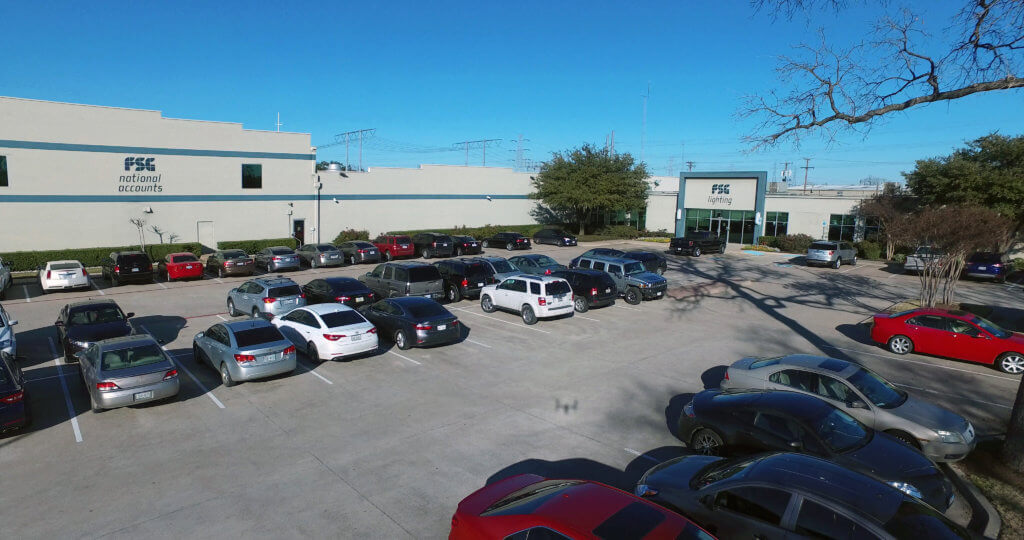
Let your career be more than just a series of jobs. The journeyman electricians, master electricians, and project supervisors who make up FSG’s construction teams understand that the projects they complete are some of the most advanced and high-profile projects being executed anywhere in the world today. It feels great to be on the A-Team!
If you like what you’ve learned about FSG and you desire a career in the electrical trade, visit our careers page, contact our recruiting department, and find out how you can get ahead while doing the best work you’ve ever done.



